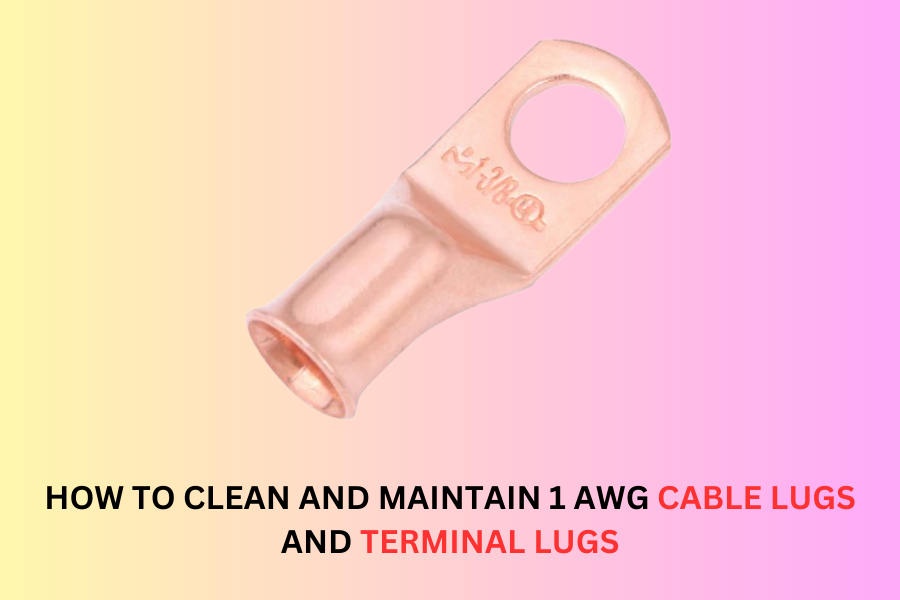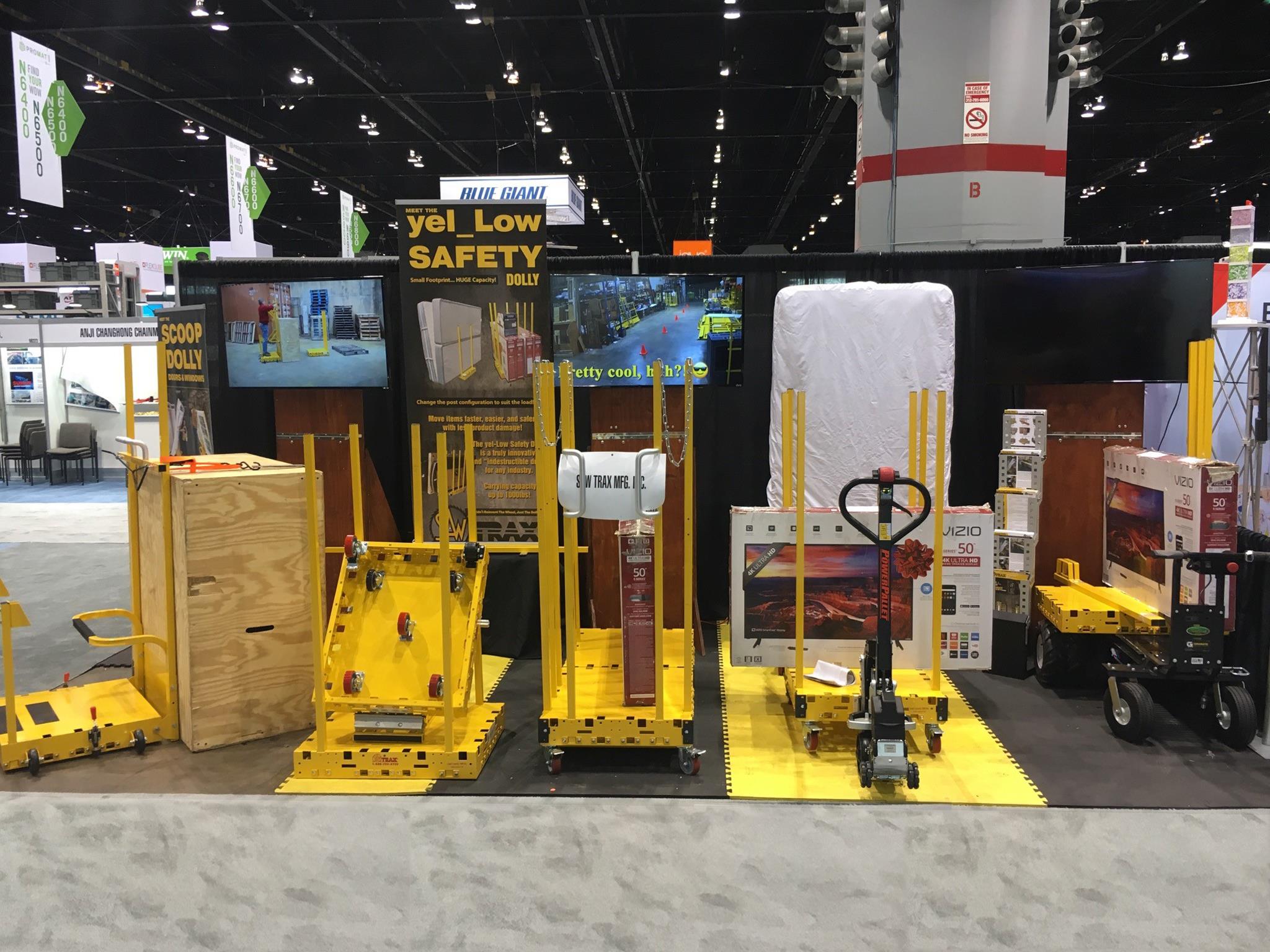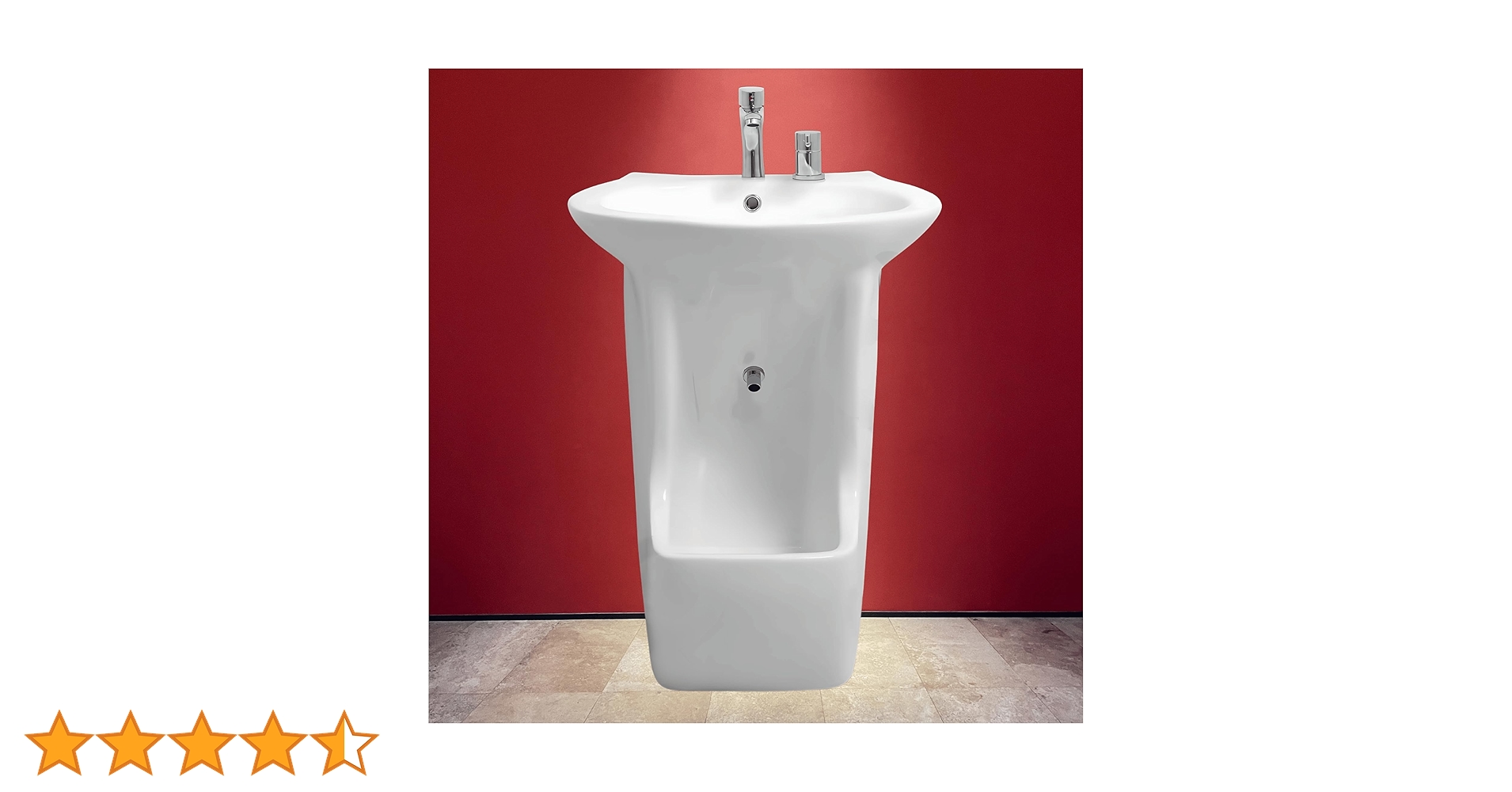Maintaining 1 AWG Cable Lugs and terminal lugs is essential for ensuring reliable electrical connections and prolonging the life of your equipment. Proper care of these components helps prevent issues such as corrosion, poor conductivity, and mechanical failure, which can lead to costly downtime and repairs. This article provides a comprehensive guide on how to clean and maintain 1 AWG cable lugs and terminal lugs effectively.
Understanding 1 AWG Cable Lugs and Terminal Lugs
1 AWG (American Wire Gauge) cable lugs are used to terminate large electrical cables, providing a secure connection to various types of electrical equipment. Terminal lugs are similar but are often used in different contexts, such as connecting wires to electrical panels or other components. These lugs are typically made of materials like copper or aluminum, chosen for their excellent conductivity and mechanical properties.
Importance of Cleaning and Maintenance
Over time, cable lugs and terminal lugs can accumulate dirt, oxidation, and other contaminants that degrade their performance. Regular cleaning and maintenance ensure:
- Improved Conductivity: Clean connections allow for better electrical conductivity, reducing resistance and heat generation.
- Corrosion Prevention: Removing contaminants prevents corrosion, which can weaken the lugs and lead to failure.
- Extended Lifespan: Proper maintenance extends the life of both the lugs and the equipment they connect to.
- Safety: Clean and well-maintained connections reduce the risk of electrical faults and fires.
Tools and Materials Needed
To clean and maintain 1 AWG Terminal Lugs, you will need the following tools and materials:
- Wire brush or emery cloth
- Isopropyl alcohol or a specialized electrical contact cleaner
- Soft cloth or paper towels
- Protective gloves and eyewear
- Screwdrivers or wrenches (as needed for disassembly)
- Anti-oxidation compound (for aluminum lugs)
Step-by-Step Cleaning Process
1. Safety First:
– Ensure the equipment is powered off and disconnected from any power source.
– Wear protective gloves and eyewear to protect against debris and chemicals.
2. Disassemble the Connection:
– Use a screwdriver or wrench to carefully disconnect the cable lugs or terminal lugs from the equipment.
– Take note of how the connections are arranged to ensure proper reassembly.
3. Remove Surface Contaminants:
– Use a wire brush or emery cloth to gently scrub the surface of the lugs. Focus on removing any dirt, oxidation, or corrosion.
– For heavily oxidized lugs, you may need to use more aggressive scrubbing, but be careful not to damage the metal.
4. Clean with Isopropyl Alcohol:
– Dampen a soft cloth or paper towel with isopropyl alcohol or a specialized electrical contact cleaner.
– Wipe down the lugs thoroughly to remove any remaining contaminants and to ensure a clean, grease-free surface.
5. Inspect the Lugs:
– Check the lugs for signs of excessive wear, damage, or pitting. If the lugs are severely corroded or damaged, they should be replaced.
– Ensure the lugs are dry before proceeding to the next step.
6. Apply Anti-Oxidation Compound (for Aluminum Lugs):
– If you are working with aluminum lugs, apply a thin layer of anti-oxidation compound to prevent future corrosion.
– This step is not necessary for copper lugs, as they are less prone to oxidation.
7. Reassemble the Connection:
– Carefully reconnect the lugs to the equipment, ensuring a tight and secure fit.
– Use a torque wrench if specified by the equipment manufacturer to achieve the correct tightness.
8. Test the Connection:
– Once reassembled, power on the equipment and check the connections for proper functionality.
– Use a multimeter to ensure good electrical continuity and that there are no loose connections.
Regular Maintenance Tips
- Schedule Regular Inspections: Inspect cable lugs and terminal lugs regularly, especially in harsh environments or high-load applications.
- Keep Connections Tight: Periodically check and tighten connections to prevent loosening due to vibration or thermal cycling.
- Protect Against Moisture: In outdoor or humid environments, use weatherproof enclosures or sealants to protect connections from moisture ingress.
- Monitor for Signs of Wear: Look for discoloration, heat marks, or corrosion, which indicate the need for immediate maintenance or replacement.
Conclusion
Cleaning and maintaining 1 AWG Terminal Lugs is crucial for ensuring reliable and efficient electrical connections. By following the steps outlined in this guide, you can prevent common issues such as corrosion and poor conductivity, thereby extending the lifespan of your electrical systems and enhancing overall safety. Regular maintenance not only saves time and money but also ensures the smooth operation of your equipment, minimizing the risk of unexpected failures.




